

Max Davies
5 Days Ago

News Editor
The redesigned, 11th-generation Honda Civichatchback will herald the return of a hybrid powertrain, and it’s coming to Australia.
The core range will arrive in the fourth quarter of 2021, with the new e:HEV hybrid following in 2022.
The high-performance Type R has also been confirmed for an Australian launch.
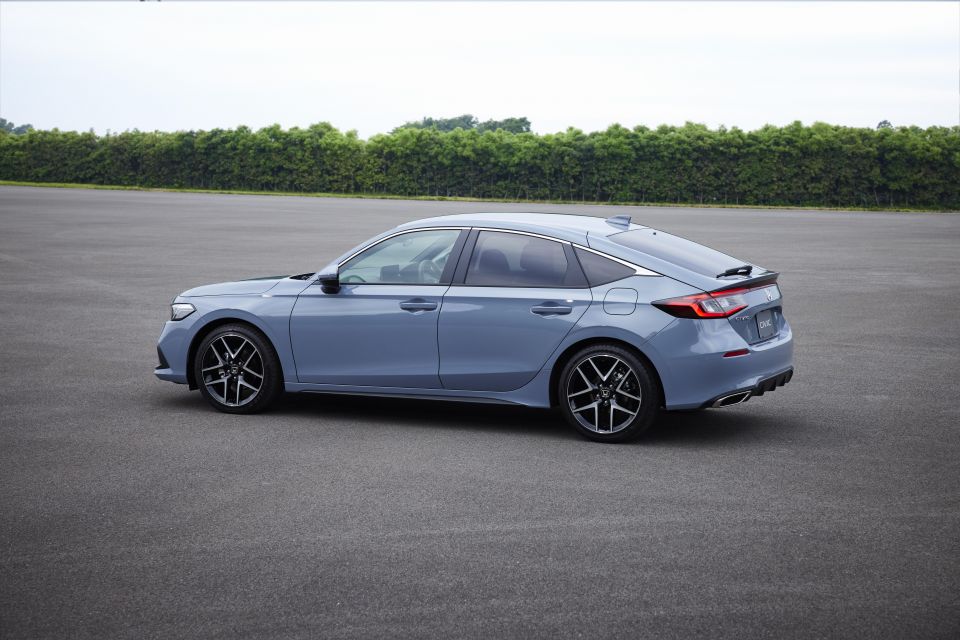
The hatchback will be available at launch with an uprated version of the current 1.5-litre VTEC turbocharged four-cylinder petrol engine.
While Honda Australia hasn’t confirmed specs, the current car produces 127kW of power and 220Nm of torque and is available here only with a continuously-variable transmission (CVT).
In the US-market model, it’ll produce 134kW and 239Nm and offer a choice of a CVT with a selectable sport mode or a six-speed manual.
We don’t yet know outputs for the new e:HEV hybrid, though the redesigned HR-V will use a 1.5-litre four-cylinder with two electric motors and total outputs of 96kW and 253Nm.
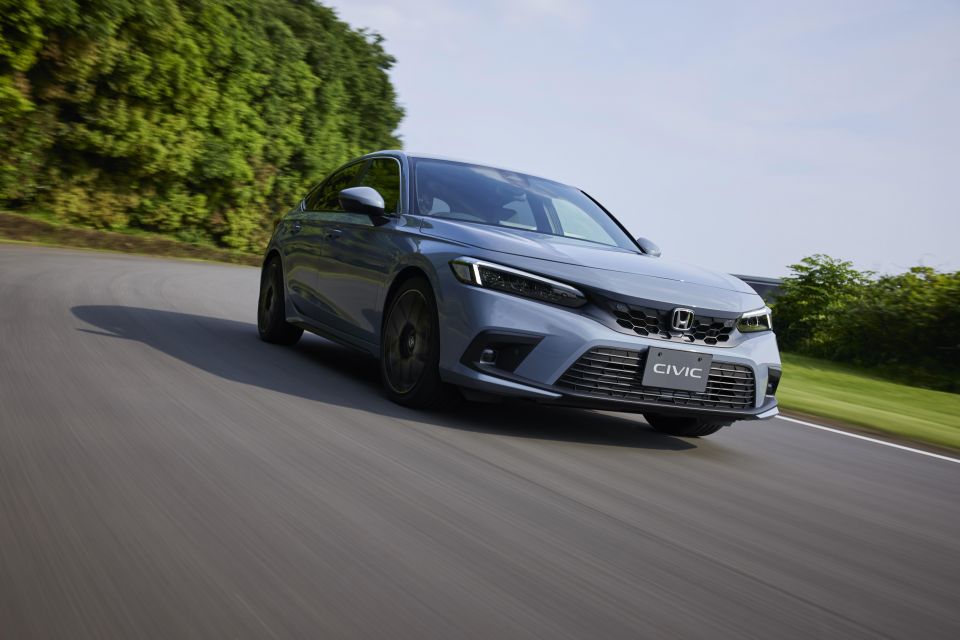
Honda says the Civic’s ride and handling were fine-tuned in Europe and promises “an even more dynamic experience” than the outgoing car.
The company claims a 19 per cent improvement in torsional rigidity thanks to a stiffer structure, while there’s an all-new aluminium front subframe, a 12.7mm wider rear track, new rear lower control arm bushings and retuned electric power steering, among other changes under the skin.
Like the already-revealed sedan body style, which won’t be coming here, the new hatchback has a crisper, cleaner look than the outgoing car.
Headlights are LED, while the grille has a honeycomb mesh pattern and the rear fascia has a less visually busy look than the outgoing hatch.

While Honda says it has a “coupe-like profile inspired by European sportbacks”, the company’s designers paid careful attention to visibility including from the back seats.
The new hatchback measures 4549mm long, 1414mm tall and 1800mm wide on a 2735mm wheelbase.
In contrast, the outgoing hatch is 4515mm long, 1421mm tall and 1799mm wide on a 2700mm wheelbase.
Honda says rear legroom has naturally been improved by nearly 35mm, while rear-seat headroom has been preserved and the tailgate has a 40mm wider opening.
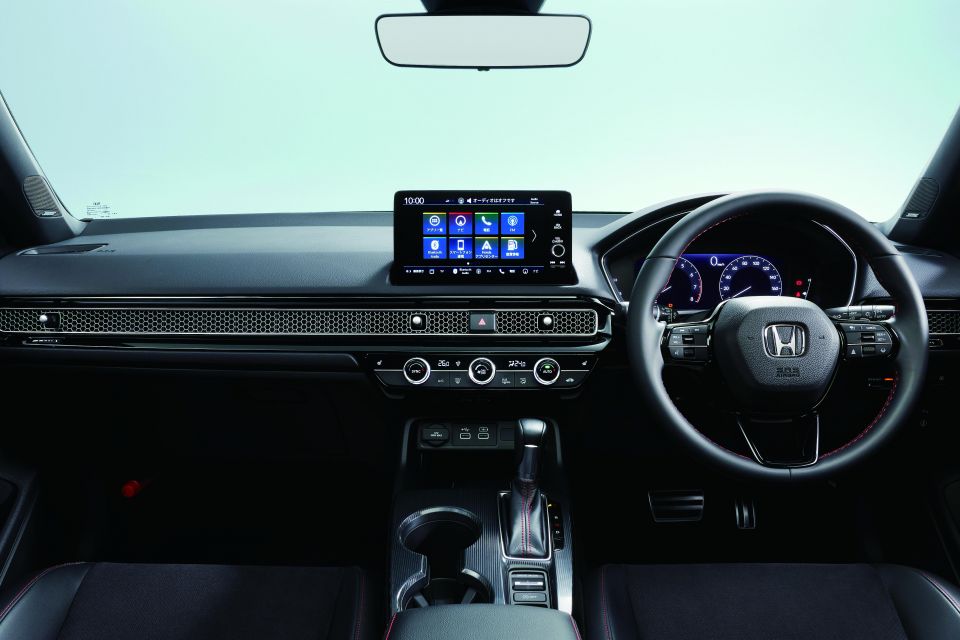
The interior follows the same simple, uncluttered design ethos, though there’s some flair in the full-width honeycomb mesh trim that conceals the air-conditioning vents, plus an available 10.2-inch digital instrument cluster.
Honda says it’s removed unnecessary cutlines and surface folds that may interfere with driving in the strong morning sunlight, while it’s made sure the hard plastics are hard and “soft parts are soft as if they are moist”.
There’s also a larger, 9.0-inch touchscreen infotainment system with wireless Android Auto and Apple CarPlay, though a smaller 7.0-inch unit with wired smartphone mirroring is expected for entry-level models.
Unlike some rivals like the Volkswagen Golf, conventional knobs remain for the climate control.
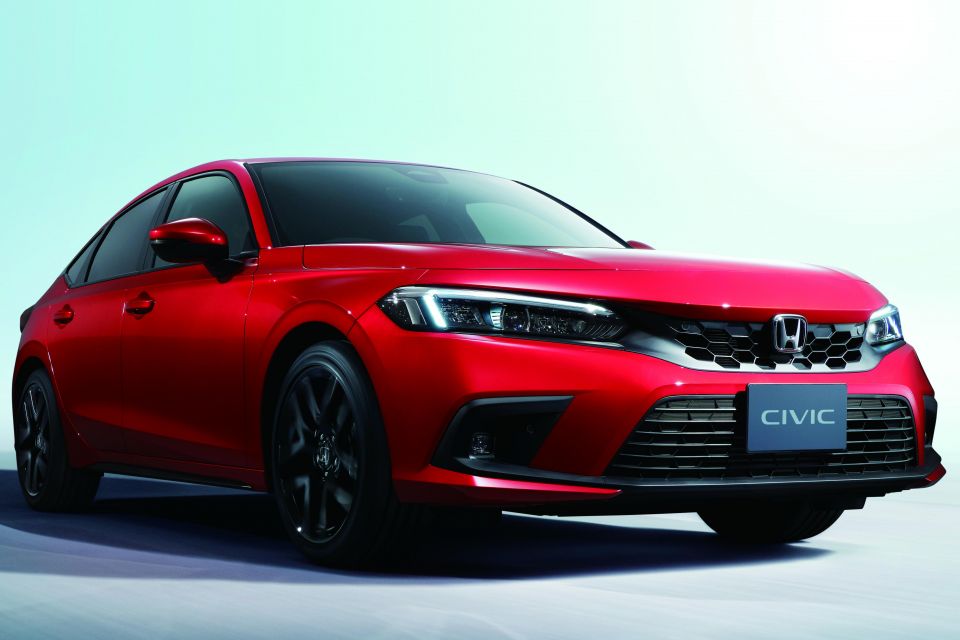
Options, at least in the US, will include Qi wireless phone charging and a 12-speaker Bose sound system.
The Civic’s adaptive cruise control and lane-keep assist work together in the new Traffic Jam Assist feature.
The Honda Sensing system now uses a single camera instead of a radar-and-camera set-up, though Honda says software advances and a more powerful processor make it work better than before.
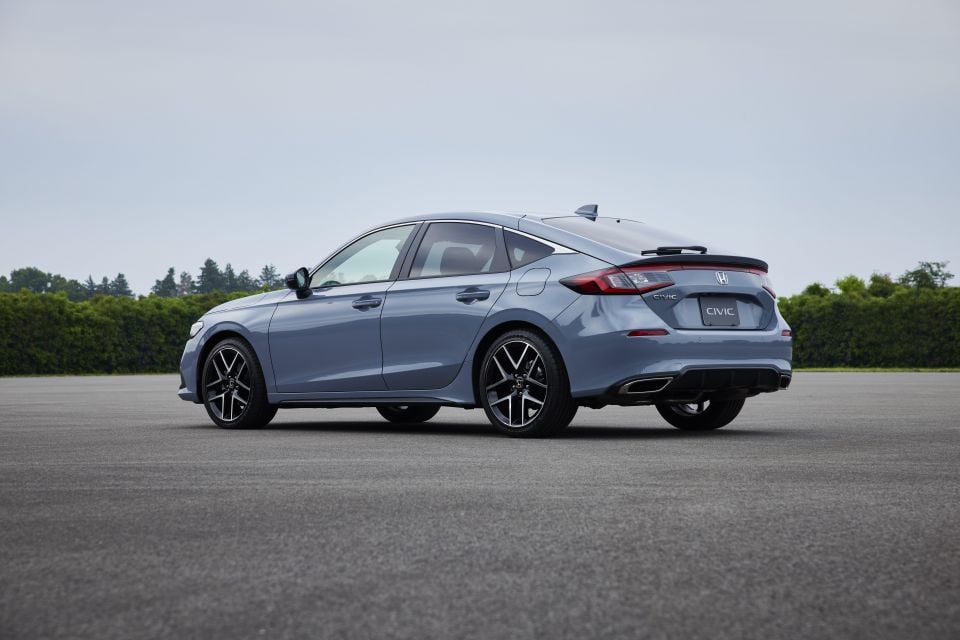
“I personally believe that Honda equals Civic, and Civic represents Honda… I believe that Civic is the model that most strongly reflects the passion of the generations who came before us,” said Civic program head Yosuke Sato.
Honda’s confirmation of a new hybrid Civic for Australia is in keeping with the brand’s promise to introduce electrified versions of new-generation products, particularly in light of Toyota’s increasingly popular hybrid models.
It last offered a Civic Hybrid in 2014, though it was discontinued around the same time as other hybrid Hondas here like the Jazz, Insight and CR-Z. The Accord sedan is currently the only Honda hybrid available in Australia.
Take advantage of Australia's BIGGEST new car website to find a great deal on a Honda Civic.
William Stopford is an automotive journalist based in Brisbane, Australia. William is a Business/Journalism graduate from the Queensland University of Technology who loves to travel, briefly lived in the US, and has a particular interest in the American car industry.


Max Davies
5 Days Ago


Max Davies
5 Days Ago


Josh Nevett
5 Days Ago
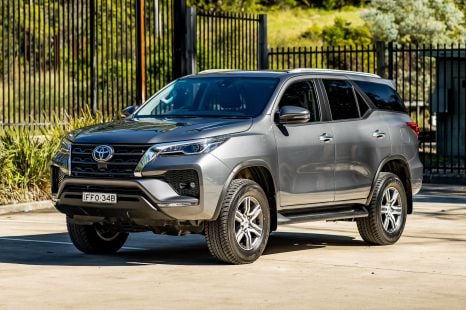

Matt Campbell
4 Days Ago
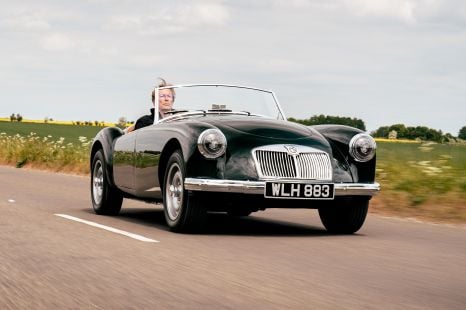

Angus MacKenzie
3 Days Ago
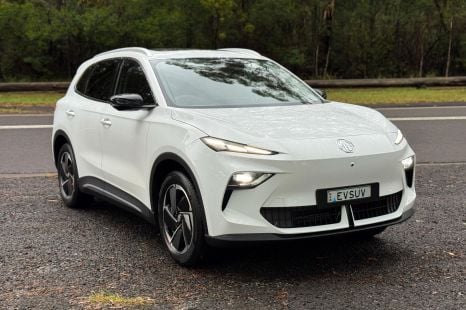

Matt Campbell
2 Days Ago